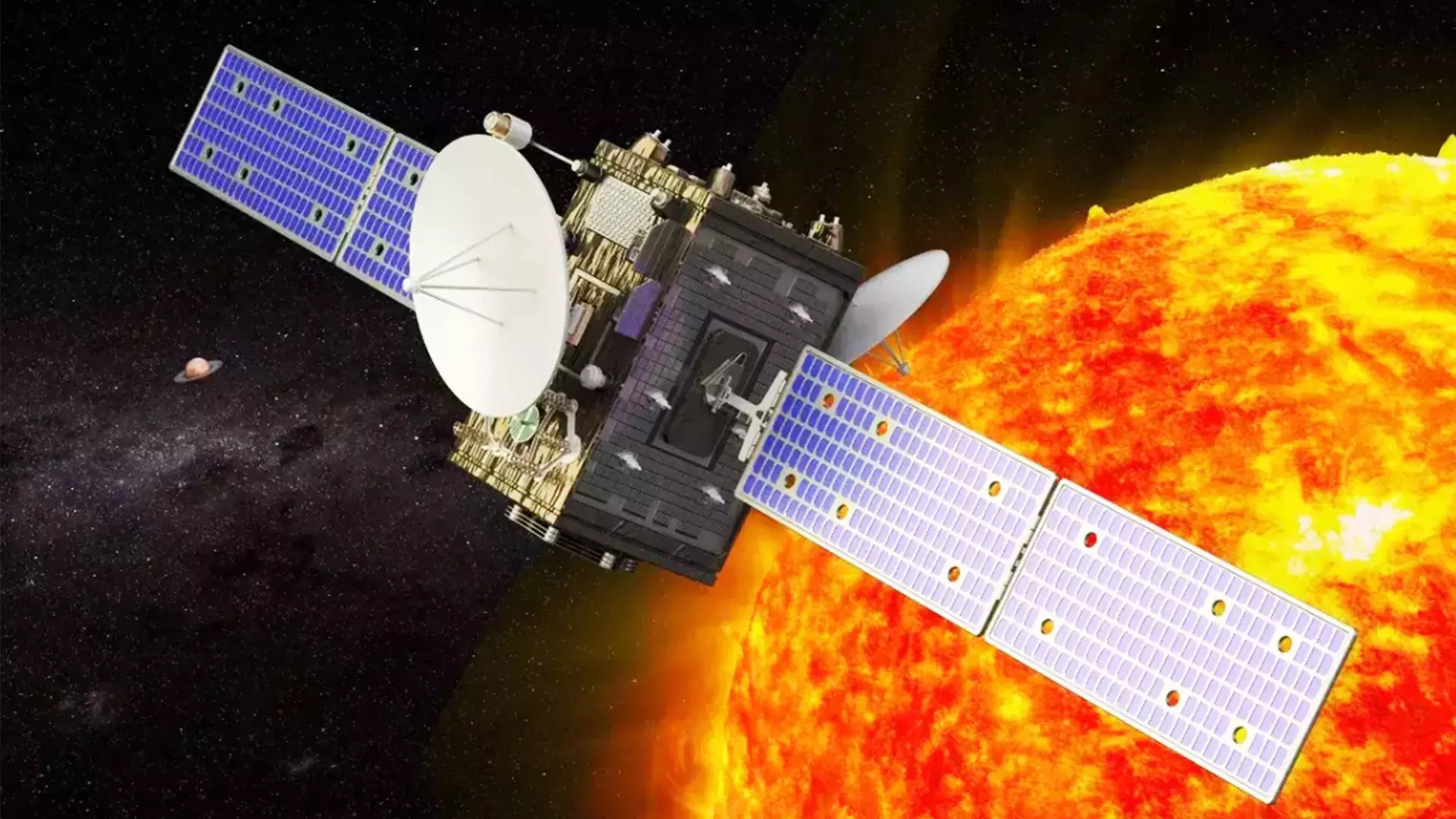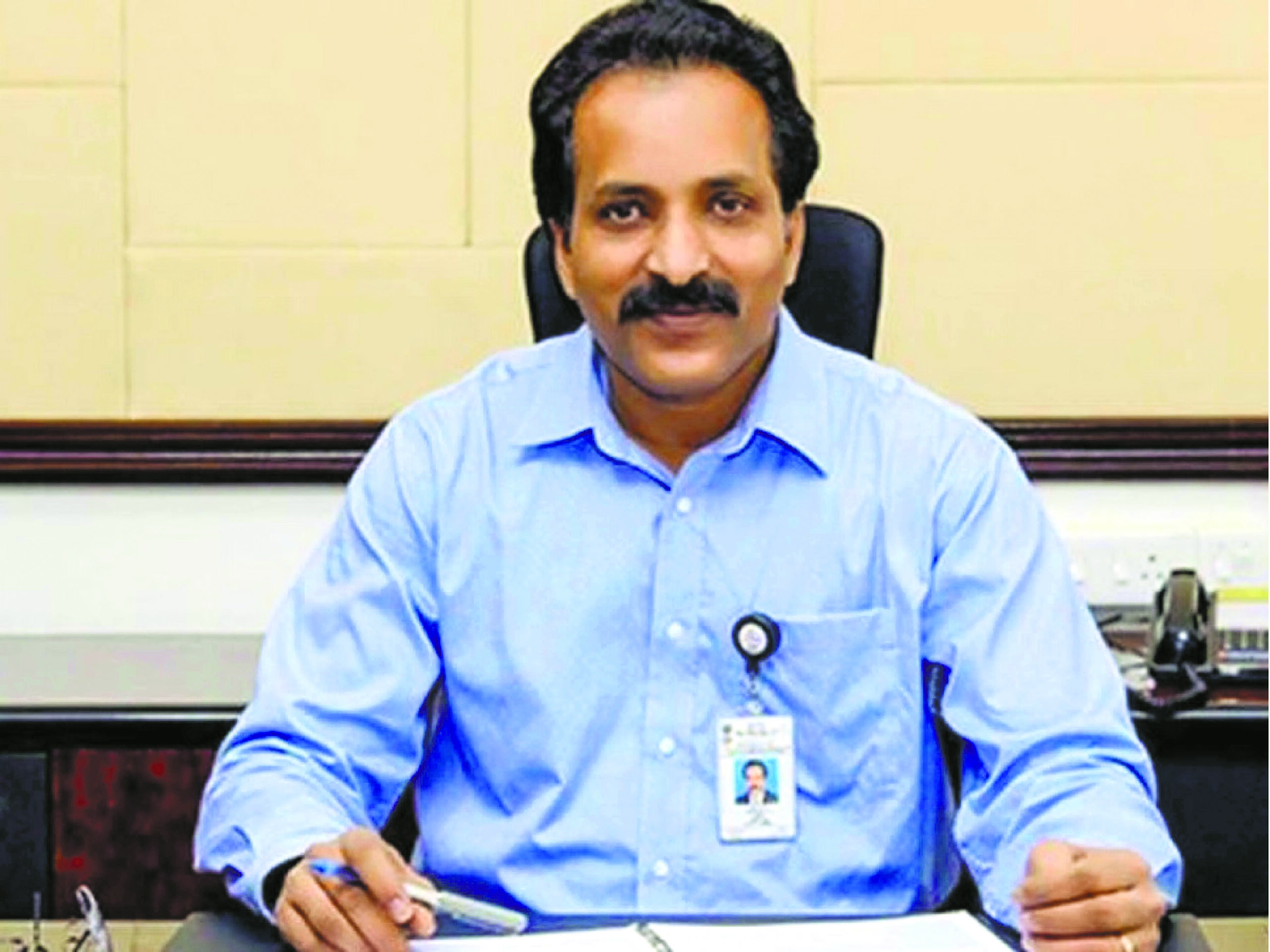Aditya-L1 set to reach its destination on January 6
After successful maneuvers, India's Aditya-L1 solar mission is projected to reach its L1 point on January 6. ISRO plans 12-14 missions for 2024. Before its launch in 2025, the Gaganyaan mission will undergo two abort missions, parachute drop tests, and hundreds of valuation tests. The successful launch of XPoSat, India's first black hole observation satellite, placed the spacecraft in its targeted orbit. India's accomplishments in 2023 include the soft landing of Chandrayaan-3 and the launch of Aditya-L1, which will boost the private space sector. The Gaganyaan Mission, the Bharatiya Antariksha Station, and sending the first Indian to the Moon are among the future aims.SRIHARIKOTA: India's first solar mission, Aditya-L1, which launched on September 2, is prepared for its final maneuver to reach its intended destination L1 point on January 6, according to ISRO Chairman S Somanath.
"Aditya-L1 will reach its L1 point on January 6, and we will perform the final maneuver to keep it there," the ISRO chief stated on the sidelines of the successful launch of the XPoSat mission to probe black holes.
So far on its trip, the spacecraft has successfully completed four earth-bound maneuvers and a Trans-Lagrangean Point 1 Insertion (TL1I) maneuver.
Somanath told reporters on the first day of 2024 that ISRO has 12-14 missions planned for this year.
"We must have a minimum of 12 missions on our target within 12 months (in 2024)." It may surpass depending on our ability to manufacture hardware, finish testing, and whether all goes well. If things aren't going well, there could be repercussions. Otherwise, we're preparing for at least 12-14 missions," he stated, without going into much detail.
Concerning the Gaganyaan mission, he stated that at least two additional abort missions will be conducted, as well as one unmanned mission (with the goal of doing two), parachutes drop tests, and hundreds of valuation tests before the real launch in 2025.
"2024 will be the year of Gaganyaan preparedness... In addition, we will conduct a helicopter-based drop test to validate the parachute systems, as well as repeated drop tests. We will also have hundreds of valuation tests. So it will be a Gaganyaan year," the ISRO chief stated. Meanwhile, the X-ray Polarimeter Satellite (XPoSat), which will examine X-ray emission from numerous astronomical sources, was successfully launched earlier today. Addressing the scientists following the mission's successful launch, Indian Space Research Organisation (ISRO) chief S Somanath stated that the PSLV-C58 vehicle correctly positioned the satellite into the intended orbit of 650 kilometers with a 6 degree inclination.
"From this point, the orbit of the PSLV will be reduced to a lower orbit, where the upper stage of the PSLV which is now described as POEM will carry out experiments with nine of the onboard payloads and that will take some time," Somanath went on to say.Although other countries have conducted similar studies, this is India's first observation of a black hole.According to Somanath, this satellite took 7 years to develop.
."We want to create at least 100 scientists who can understand this aspect and contribute to the knowledge of black holes to the world," he said.India rose to new heights in 2023 with the successful soft landing of Chandrayaan-3 on the moon's south pole and the launch of Aditya-L1, India's first solar mission.
These landmarks not only cemented India's place in the global space economy, but also powered the engines of India's commercial space sector. Other goals for India include the Gaganyaan Mission in 2024-2025, the establishment of a 'Bharatiya Antariksha Station' by 2035, and sending the first Indian to the Moon by 2040.
PSLV-C57/Aditya-L1:
— ISRO ADITYA-L1 (@ISRO_ADITYAL1) September 2, 2023
Today, on September 02, 2023, at 11.50 hrs., the Polar Satellite Launch Vehicle (PSLV-C57) successfully launched the Aditya-L1 spacecraft, from the Second Launch Pad of Satish Dhawan Space Centre (SDSC), Sriharikota.
🧵👇#AdityaL1 #AdityaL1Launch pic.twitter.com/luc1Hat6nm






0 Comments